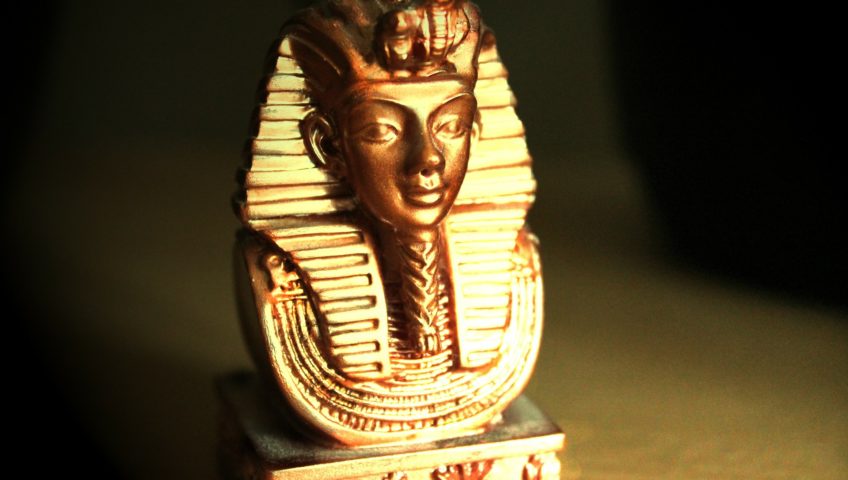Although there aren’t any exact dates revealing when gold was first discovered, historical texts from different ancient civilizations show evidence of gold that date as far back as 40,000 BC. Evidence suggests that when gold was first encountered, it was in its natural state: as shimmering, yellow nuggets whose brilliance attracted ancient civilizations.
Currency
Gold didn’t immediately become a form of currency, however. Instead, as a result of the metal’s natural state (which made it very malleable), along with its brilliance, and non-corrosive properties, it became a luxury set aside for those in power, as well as for the gods they believed in. Gold was made into shrines and idols in honor of the civilization’s gods, and it was also made into plates, cups, vessels, and jewelry for royalty. Ancient records show that once gold was encountered, prisoners of war and slaves were sent to mines in search of more of it.
Egypt and Greece
The first real evidence of humans working with gold dates back to Ancient Egypt in 3000 BC. Ancient Egyptians loved gold so much that they built pyramids out of solid gold: the Pyramids of Giza. Records of Ancient Greece’s earliest interaction with gold show that to them, gold was a symbol of power, equated with gods and with social status. However, neither Ancient Egypt nor Ancient Greece were the first to have used gold as currency. Historical records show that it was actually the Kingdom of Lydia, an ancient civilization in Western Turkey that first used gold as a form of currency.
USA
In 1792, the U.S. Congress signed the Mint and Coinage Act, which officially made gold a legal form of currency in the United States. At that time, the price of gold, in terms of U.S. dollars, was fixed at fifteen times more than silver. In the 1800s, the newly established United States was marked by a series of gold rushes. In the 1900s, the United States made the gold dollar the official standard unit of account. Paper dollars were then printed and issued in accordance to the gold reserves of the country.
The Bretton Woods Agreement of 1944 then took what the United States implemented in the 1900s and created a global gold exchange standard, making the. U.S. dollar the official unit of account for gold. However, the Nixon Shock of 1971 ended the Bretton Woods Agreement, getting rid of the gold standard with it.
The Present
In 2000, Switzerland and Liechtenstein, the last countries still using a gold standard, stopped using it. Today, there is no longer any country whose currency is based on gold. Although gold stopped being used as a basis for the U.S. dollar in 1971, that’s when it started being used as an investment instead. In spite of some ups and downs in its value, the price of gold has been steadily increasing since 1971. Furthermore, with global tensions and economic crises, which increase the price of gold, are the reason it is considered by many a “safe haven” they can count on.

